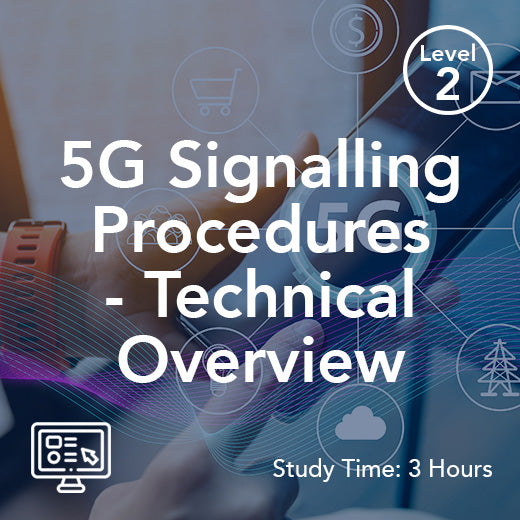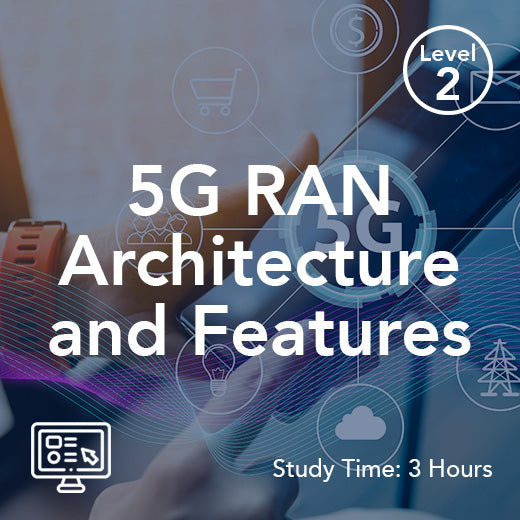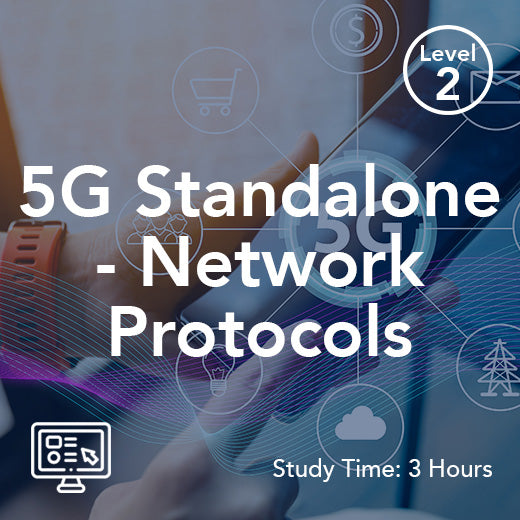Small Cellular
- , by Stephanie Burrell
- 3 min reading time
Small cells are low-powered radio access nodes that operate in licensed and unlicensed spectrum bands. They are an essential component of modern telecommunications networks, providing increased capacity and coverage in areas where traditional macrocells may struggle to meet demand. Small cells are crucial in addressing the ever-growing data traffic generated by smartphones, IoT devices, and other connected technologies.
By deploying small cells, telecom operators can enhance network performance, improve indoor coverage, and deliver high-speed connectivity in dense urban areas. Small cells also play a vital role in enabling new technologies such as 5G, by densifying the network and providing the necessary infrastructure for ultra-reliable, low-latency communication.
The deployment of small cells comes with its own set of challenges, including site acquisition, backhaul connectivity, power supply, and regulatory compliance. Telecom companies need to navigate these obstacles to ensure a successful rollout of small cell networks. Collaboration with municipalities, property owners, and other stakeholders is crucial to securing suitable locations for small cell installations.
In the era of 5G, small cells are set to play an even more significant role in delivering the promised benefits of ultra-fast speeds, low latency, and massive connectivity. As operators continue to densify their networks with small cells, they must also address concerns around interference, security, and the impact on the urban environment.
In conclusion, small cells are a critical technology for the telecom industry, enabling operators to meet the growing demand for mobile data and support the deployment of advanced services like 5G. By overcoming the challenges associated with small cell deployment and embracing the opportunities they present, telecom companies can build robust, high-performance networks that meet the needs of today's connected world.
In practice, small cell technology is designed to operate over shorter range distances, often just a few hundred meters, making it ideal for specific areas with high demand. Unlike macro cells, which provide broad regional coverage, a small cell network delivers targeted capacity in locations such as shopping malls, office buildings, or residential complexes. This makes them an integral part of modern cellular networks, as they help mobile network operators address coverage and capacity issues in indoor environments and tall buildings where traditional base stations might struggle.
For mobile broadband and wireless connectivity, small cells play an essential role in enabling consistent coverage and reliable connectivity for end users. By being deployed on utility poles, rooftops, or inside buildings, they help improve coverage in outdoor coverage and indoor scenarios alike. This flexibility supports mobile networks in managing wireless signals more efficiently, ensuring high data rates and quality services even in dense urban spaces. Additionally, small cell deployment is a major driver of digital transformation, as it underpins new opportunities in smart cities, private networks, and emergency services, where uninterrupted connectivity is crucial.
From an industry perspective, successful implementation of small cellular solutions requires service providers to consider multiple factors, such as backhaul capacity, low power operation, and integration with the core network. By working closely with municipalities and businesses, operators can identify strategic locations for deployment scenarios, ensuring that cells are placed where they will deliver maximum benefit. Combined with technologies like edge computing and self-organizing capabilities, small cells are evolving into a versatile solution for mobile networks, helping them connect, support, and address the needs of millions of users in today’s hyper-connected world.

































